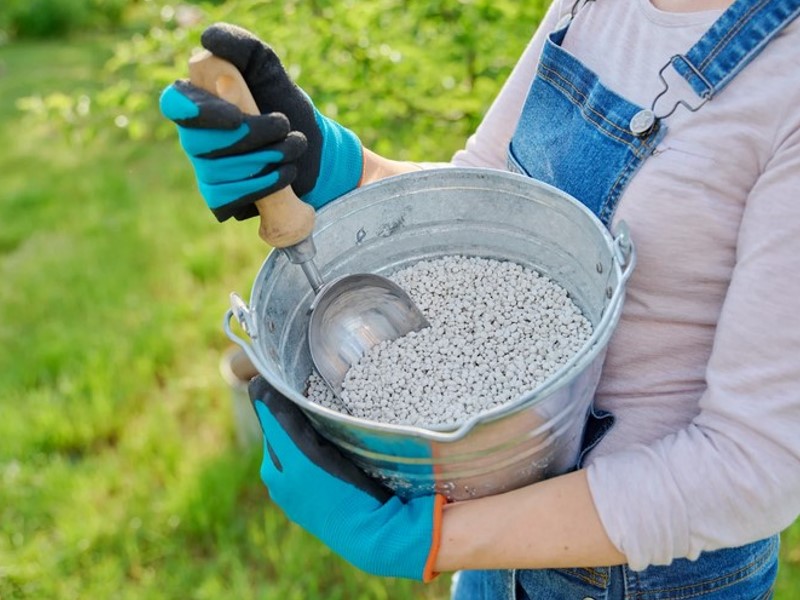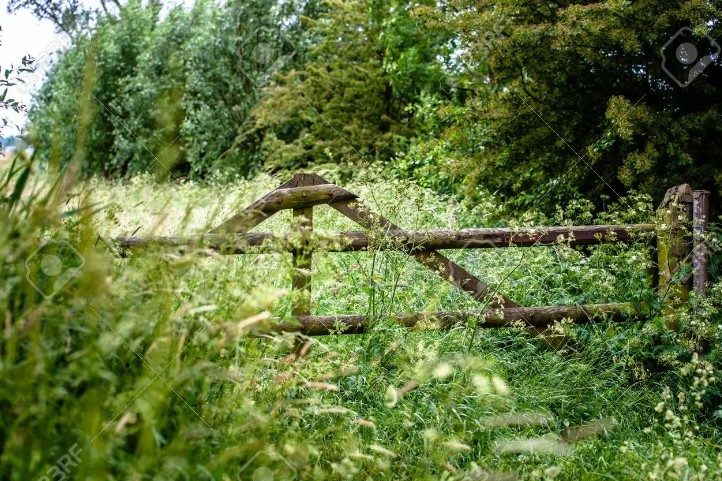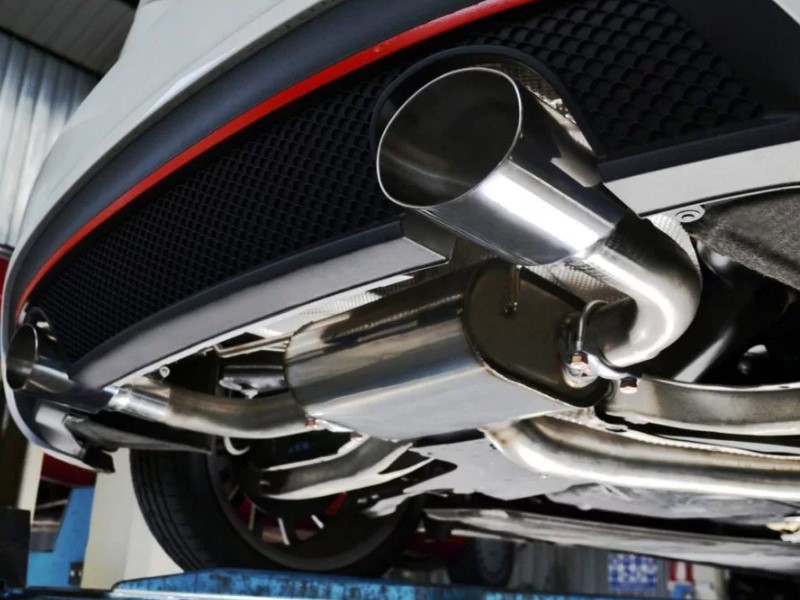One which every homeowner is proud to have is an attractive, green lawn. But more than sufficient watering and mowing, attractiveness requires this. The most important reason for fertilizing the lawn is to give it sufficient nutrients that would help in growing a healthy and strong lawn. However, what are the different types of lawn fertiliser? Which one should you use? Knowing about various alternatives will assist you in choosing a suitable option for your lawn and for the purpose of gardening.
Table of Contents:
1. Granular Fertiliser
Granular fertilisers are possibly the most widely used forms for lawns. These have two types: slow-release granular fertiliser and quick-release granular fertiliser. The key benefit of granular fertiliser is that they are easy to apply and gradually release nutrients over time.
• Slow-Release Fertilizers: These slowly release the nutrients into the soil to give your grass a constant feed. They are preferred due to long-lasting effects and reduce frequent applications. For grass that requires constant nourishment, slow-release fertilizers typically come in coated or organic forms and are less likely to burn the grass.
• Quick-release fertilisers The quick release lawn fertiliser makes for excellent choice if fast nutrient availability is required, as they act very promptly but tend to require repeat applications frequently. They would give the lawn a much-needed instant green-up effect but would more easily cause a burn from over-application.
These are granular fertilizers, and they have to be applied using a broadcast spreader, and you should water the lawn afterward to help dissolve the nutrients into the soil.

2. Liquid Fertiliser
Liquid fertilisers are a fast method of feeding your lawn because they dissolve the nutrients, making them easily available for absorption. The method of application is via hose-end sprayer; it is, therefore, convenient when it comes to large areas of lawns or when such areas are inaccessible to use a spreader.
Liquid fertilizers are most effective when you need to correct a particular nutrient deficiency quickly. For example, if your lawn indicates a sign of nitrogen deficiency, then liquid lawn fertiliser will do a very good job to give it an immediate correction. Because they act so quickly, however, they might need to be reapplied more frequently than granular ones.
3. Organic Fertiliser
For home owners who want to go the green way, organic fertilisers will be just perfect. Being composed of natural materials such as compost, manure, and bone meal, organic fertilisers increase soil health and provide all the necessary nutrients to your lawn.
The fertilisers are highly organic matter rich, hence improving soil structure and promoting beneficial microorganisms.
Although they might take time before producing some results, just like synthetic fertilizers, organic fertilisers have the good news of staying long. This improves fertility in the soil and eventually produces a healthier ecosystem around your yard. Organic lawn fertiliser is advisable to those who desire sustainable means of lawn care.
4. Synthetic Fertiliser
Synthetic fertilizers are manufactured products made to give a specific nutrient to your lawn in a measured amount. They are relatively cheaper than organic fertilizers and are produced to provide quick results. They have a higher concentration of nitrogen, phosphorus, and potassium-these three nutrients are considered important for grass growth, thus helping your lawn to be healthy in a shorter period.
However, the application of synthetic fertilisers at high quantities does lead to negative effects to the environment. At instances, synthetic fertilizers lead to water pollution due to running off to water containing areas. They hence require application as indicated by instruction in the labels.
5. Specialty Fertilisers
Some fertilizers contain specific formulations to address specific lawns needs. For example, weed and feed has a combination of herbicide and fertilizer to kill unwanted weeds and fertilize lawns at the same time. High-phosphorus fertilizers are mainly used when there is a need to promote growth of roots for newly planted lawns or to enhance stressed grass.
Conclusion
The choice of lawn fertiliser varies from the type of grass to the condition of your soil and what you desire from fertilizing. If slow-release granular or quick-acting liquid fertilizer or organic solution, the options are endless. However, the knowledge of your lawn’s need will help you enjoy vibrant and healthy lawn year in year out.
Similar Posts From The Same Category:
- Full-service landscaping company that can handle all of your needs
- How to Choose the Best Grass Mower
- Brush hogging contractor will create a custom plan that fits your needs
- Dangers and Risks of Fleas on the Dog
- Choose the best roofing contractor for your needs








